Humans are consumed with flying and the earliest Greek mythology suggests that Daedalus designed the first wings to escape prison along with his son Icarus. During the last millennium, the ‘Back to the Future’ movie series was a testament to man’s aspiration towards creating a workable flying craft. Ironically, many of the inventions described in the movie like hover boards and flying cars have become reality, therefore fiction is fast becoming fact. Most of the technological development revolves around investment and this might be one of the reasons flying cars are not on the public radar yet. This year and the next one are important because working prototypes of flying cars are becoming available for public purchase and use.
A flying car has dual capabilities i.e. it can function on the road like a normal car and take off into the air. Realistic models of flying cars have already been tested and a few are available for pre-ordering. This involves a host of challenges as regulatory changes will be need to recognize this class of vehicles and a pilot’s permit as well. This involves the designation of no-fly zones, safety precautions, cross border travel and a host of other issues. The ideal scenario is that there will be no more traffic jams and once financial feasibility kicks in people will rarely travel on roads. To get a better understanding of this innovative concept, we will discuss three working models of flying cars and their specs.
Pal-V Liberty
The Pal-V Liberty (Personal Air Land Vehicle) is on track for a 2020 product launch and is priced at $600,000. Pal-V International is the Dutch company that presented this flying car in the 2018 Farnborough Air Show in England. The car is a triple combination of gyrocopter, motorbike and car. The car’s specs are nothing to scoff at as it takes nine seconds to each 0-62mph on the road. In the air, it has a travel range of 200 miles and can fly at 110mph. The maximum flying altitude is 3.5 km and it’s takeoff requires 330 meters. This means you can reach hour-long destinations in a matter of minutes, while cutting through all the peak hour traffic.
The car will be available in two variants with the first featuring 90 customizable Liberty Pioneer vehicles. The second is named Liberty Sport standard model and both models contain an all-leather interior with an aesthetic dashboard. As far as the special edition’s specs are concerned the Chief Engineer Mike Stekelenberg says that “the Pioneer is full-option, meaning, for example, dual control, carbon package and EFIS (Electronic Flight Information System).” The interesting feature is the gyroplane function as this enabled the company to prepare a compact, fully-functional model that is compliant with existing regulations. Operability was a key consideration in designing the car, while flight training is a necessary precursor for operating the vehicle. While factoring in the car’s specs, the pre-launch price is quite affordable, while considering the closest options.
Opener Blackfly
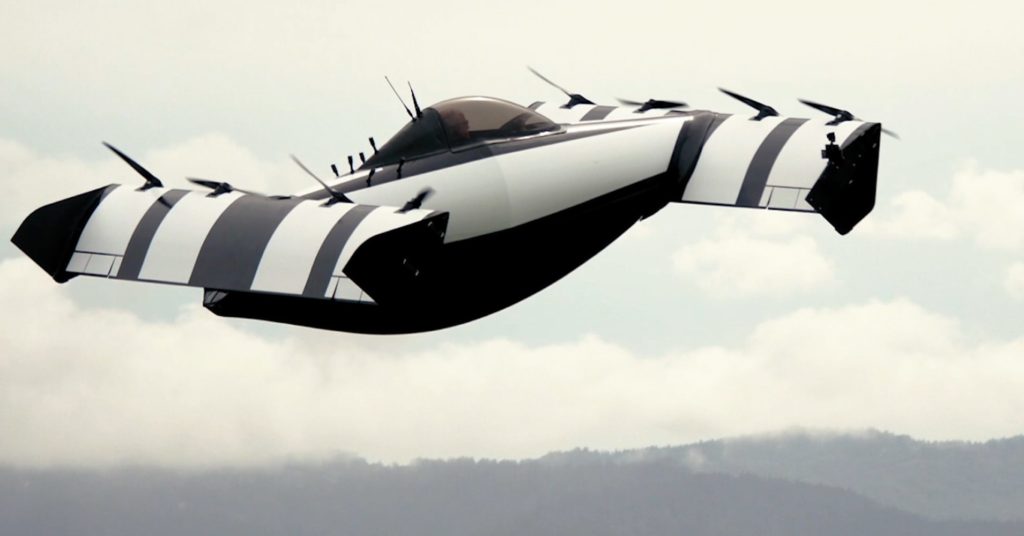 At first look at Canadian ‘Opener Blackfly’ might resemble a UFO or a 60’s era vehicle. However, don’t be fooled as this is the first flying car you might consider while replacing your existing roadster. The reason is its compelling $94,000 price tag and the concept has been developed over 9 years. Technically, the Opener does not have wheels and is called a VTOL (Vertical Take-Off and Landing) aircraft. According to the Silicon based company’s CEO Marcus Leng, “Opener is re-energizing the art of flight with a safe and affordable flying vehicle that can free its operators from the everyday restrictions of ground transportation.”
At first look at Canadian ‘Opener Blackfly’ might resemble a UFO or a 60’s era vehicle. However, don’t be fooled as this is the first flying car you might consider while replacing your existing roadster. The reason is its compelling $94,000 price tag and the concept has been developed over 9 years. Technically, the Opener does not have wheels and is called a VTOL (Vertical Take-Off and Landing) aircraft. According to the Silicon based company’s CEO Marcus Leng, “Opener is re-energizing the art of flight with a safe and affordable flying vehicle that can free its operators from the everyday restrictions of ground transportation.”
The cars flight resembles a rocking motion as eight rotors enable its circular belly to start its take-off. The company claims that the model has completed ten thousand miles of test flight to guarantee a safety for the single passenger vehicle. From a training perspective, the vehicle does not require a pilot’s license but the company will require users to undergo its operator training and take the FAA Private Pilot test. The early claims suggest that the vehicle is equipped to take off on water and land.
There is a downside to the vehicle as current U.S. regulations don’t allow usage in urban areas and for night travel. The range and traveling speed are limited to 25 miles and 62mph respectively in the U.S. against the possible 40 miles range and 80 mph plus speed. The company’s focus is towards the Opener’s competitive pricing and achieving significant sales in a bid to improve regulatory requirements on the model. One thing’s for sure, there is no flying car alternative for the given price tag. Let’s see what the future holds for the company.
AeroMobil 4.0
Our third entry is AeroMobil 4.0, which is slated for release in 2021, after losing the race for the first flying car. The car is made by Slovakia based company AeroMobil and is the priciest selection costing between $1.3-1.6 million. This factor is compensated to a certain extent by the company’s vision as its CEO Juraj Vaculik has stated that the vehicle will enable shared mobility in the future. For this reason only 500 vehicles are being launched. The vehicle has foldable wings and its specs are top of the line.
The car mode can be driven for 434 miles at speeds upto 100mph. It takes approximately three minutes for the car to engage flight mode where it can fly at 223mph for 466 miles. Since it’s not a VTOL, European regulations mandate a pilot license and runway access to operate the vehicle. The company has European certification and will follow U.S. and Chinese release soon after that. The car is equipped with an aerodynamic design with high safety features. It’s an electric vehicle than can bear loads upto 530lbs and can travel between cities. The first 25 buyers will be eligible for ‘Founder’s edition’ that will feature special gear and additional features. The interior design is state of the art as compared to similar vehicles.
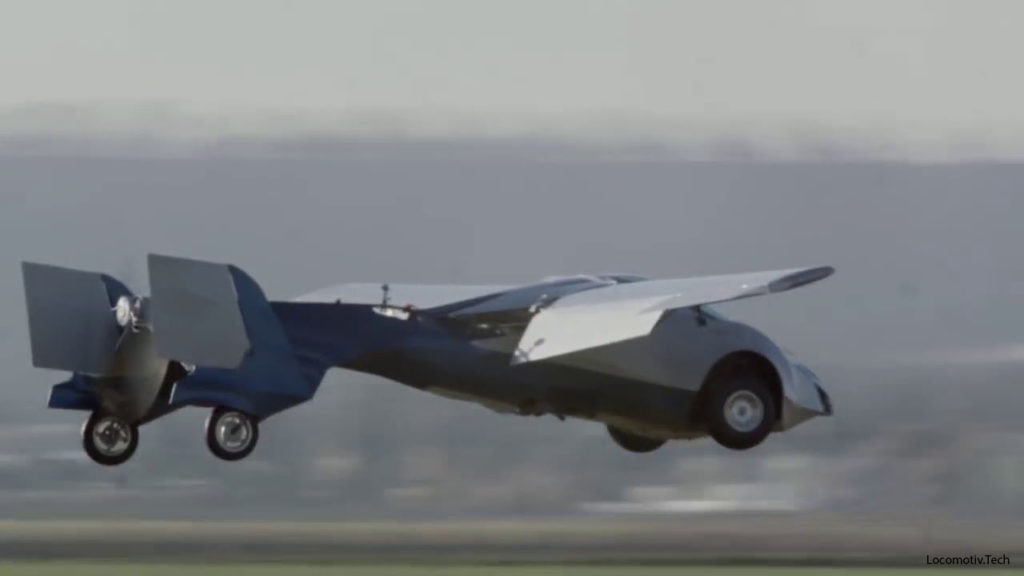
With Uber and Google also focusing on introducing flying cars, this concept will become an acknowledged fad in the next decade. Finance was the stumbling block for many years but VTOL models will overcome this hurdle. Furthermore, regulatory developments will enable more users to purchase and use these cars on a daily basis. Very soon, you might find neighbors using flying cars.
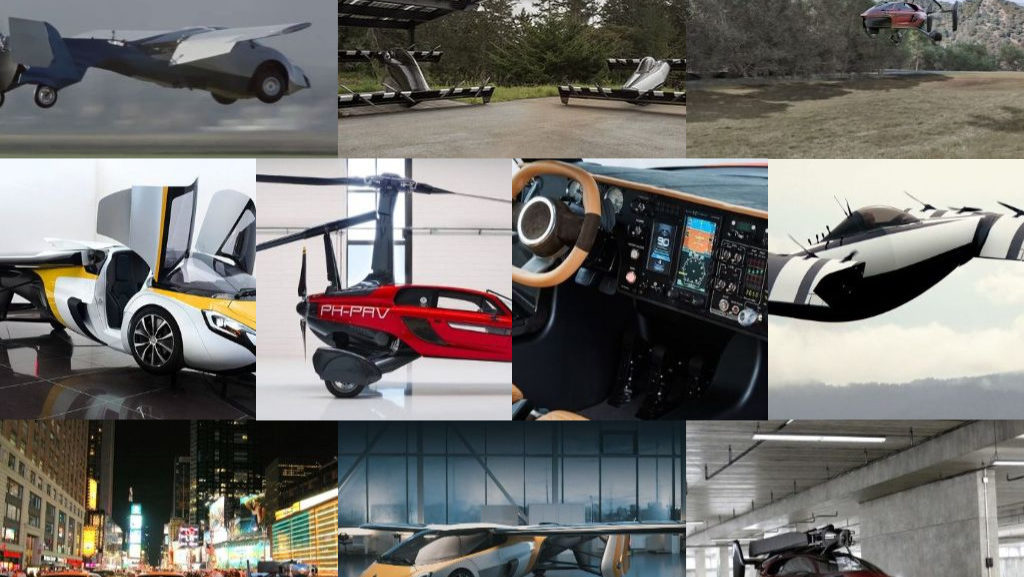

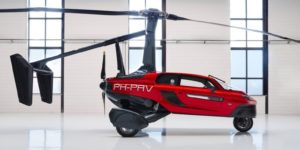

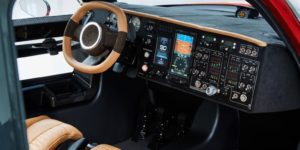
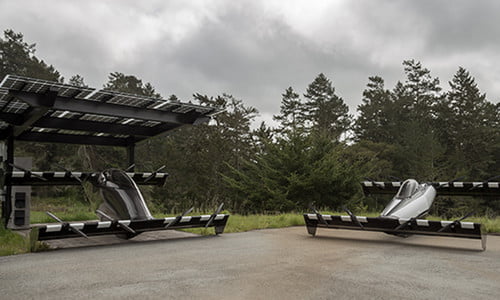
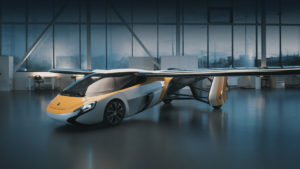
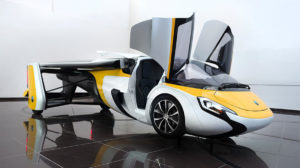

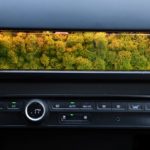
[…] they don’t. Now that I’m older, I understand why, but I’m not very happy about The 3 Available Flying Cars You Can Order. The reason is due to over regulation, crony capitalism, and big industry stifling the introduction […]
[…] scholar from Cal Tec executive college, and somehow we got on the main topics electric cars, 3 Flying Cars You Can Order Now and the near future soaring cars. He suggested in my experience he had gotten many speeding […]
[…] YOU MAY LIKE: 3 Flying Cars You Can Order Now […]
[…] congestion, decrease expense on public infrastructure and provide a unique riding experience. Flying cars are also ready to launch as the Pal-V Liberty, Opener Blackfly and AeroMobil 4.0 […]